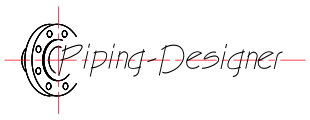Angular Momentum of an Object with Linear Momentum
Angular Momentum of an Object with Linear Momentum Formula |
||
|
\( L \;=\; m \cdot v \cdot r_{\perp} \) (Angular Momentum of an Object with Linear Momentum) \( m \;=\; \dfrac{ L }{ v \cdot r_{\perp} }\) \( v \;=\; \dfrac{ L }{ m \cdot r_{\perp} }\) \( r_{\perp} \;=\; \dfrac{ L }{ m \cdot v }\) |
||
| Symbol | English | Metric |
| \( L \) = angular momentum | \(lbm-ft^2 \;/\; sec\) | \(kg-m^2 \;/\; s\) |
| \( m \) (Greek symbol tau) = mass | \(lbm\) | \(kg\) |
| \( v \) = velocity | \(ft \;/\; sec\) | \(m \;/\; s\) |
| \( r_{\perp} \) = perpendicular radius is from a chosen axis to the mass's line of motion | \( ft \) | \( m \) |
Angular momentum and linear momentum are related but distinct concepts in physics. Linear momentum of an object is defined as the product of its mass and velocity. It’s a vector quantity describing the motion of an object in a straight line. Angular momentum describes the rotational motion of an object about a point or axis.

